I did not find any snails that were still alive where I found their shells which were white like bones and small in size. The shells were scattered with the rest of the coral, exposing out of the layer of soil that covered them.
I firmly believe that the shells are nothing but shells of land snails, are terrestrial, and very similar to Polygyra cereolus in the family Polygyridae. But I do not understand what reality is explained by the presence of shells here, again only shells, and not a single living snail of this species I have come across.
What we understand, the snails need calcium to build their shells, and they get that through consuming plants, rotting wood, mold on rocks, animal dung, and the habitat in which they live is generally a shady and humid environment. One thing that I observed, the environment in which I was and found them could not be said to be shady enough let alone humid. Does finding shells there indicate an environment in the past that is different from today?
Returning to the shell to identify the snail species what exactly is it? I've said it before, it looks like Polygyra cereolus. But this of course remains to be discussed as there are many species in the Polygyridae family. The size of the snail, the number of shell circles, lips, and the height of the dome may be used as clues to identify a snail species. The sizes of the shells I found vary from 1 to 3 cm in diameter. I noticed they also had shell circles from 3 to 5, and not so high shell domes. It could also be Mesodon thyroidus in the family Polygyridae. However, it is still difficult for me to ascertain the species of these snails, even though I believe they are in the Polygyridae family. The factor of the length of time since they were alive may complicate this identification. And I imagine the environment they lived in used to seem to be overcrowded with a variety of vegetation to provide enough moisture for them to breed and lay their eggs in the cavities of the soil.
Although I still want to know about this, but for now, at least, I can enjoy the uniqueness of these amazing horn-shaped shells. Let me share about this.
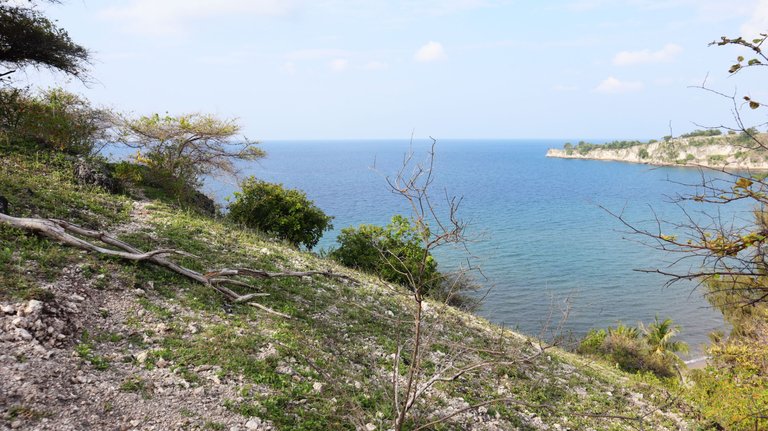
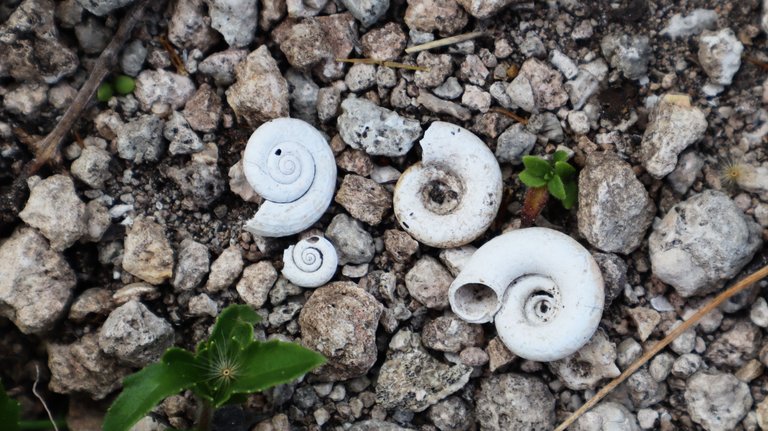
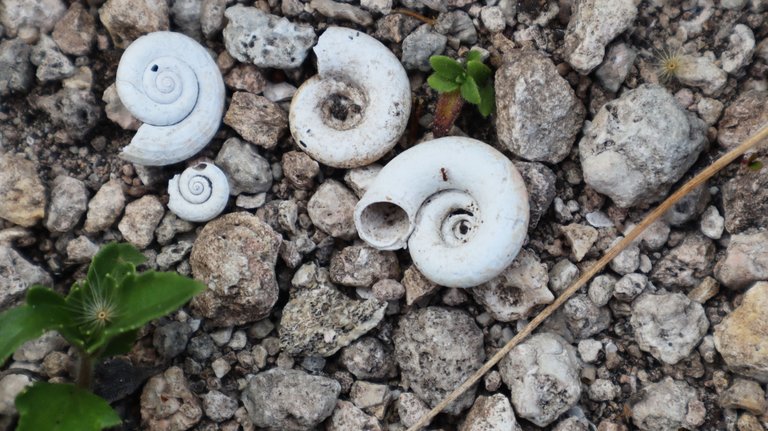
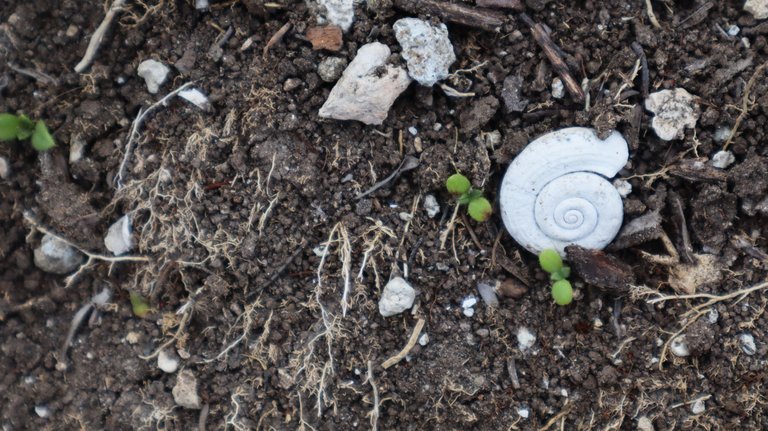
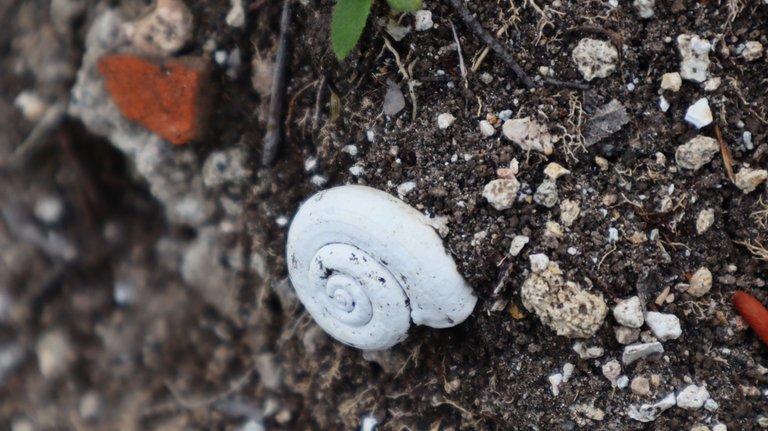
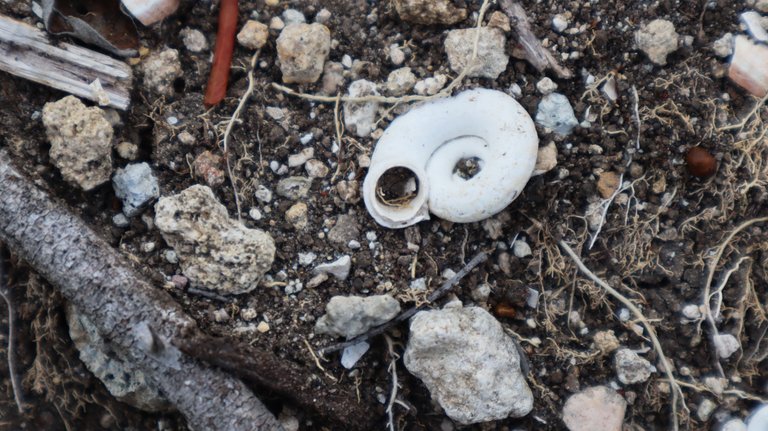
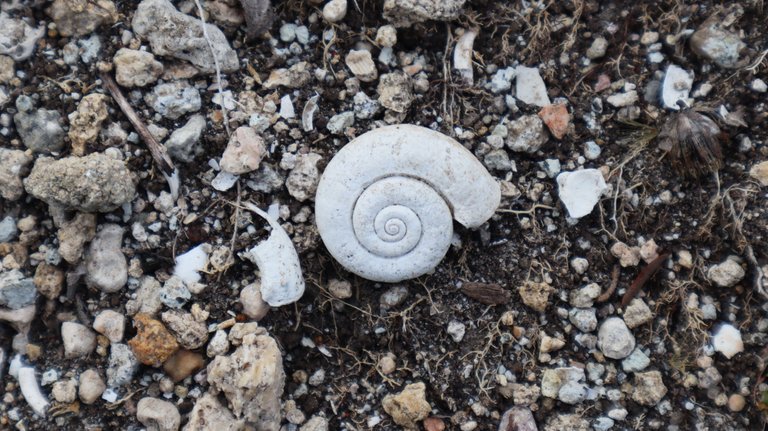
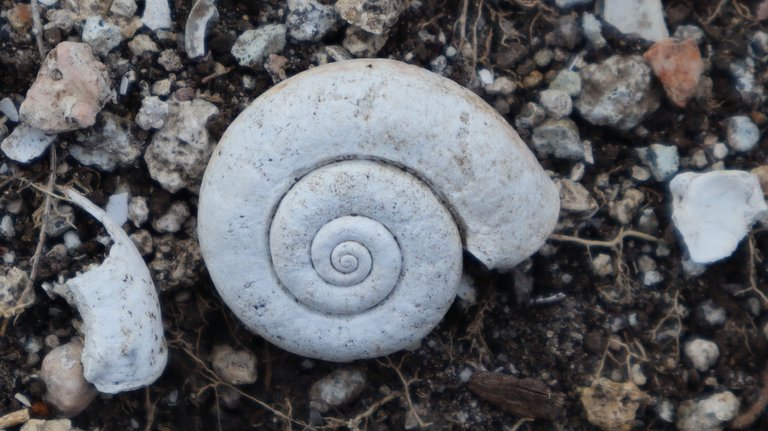
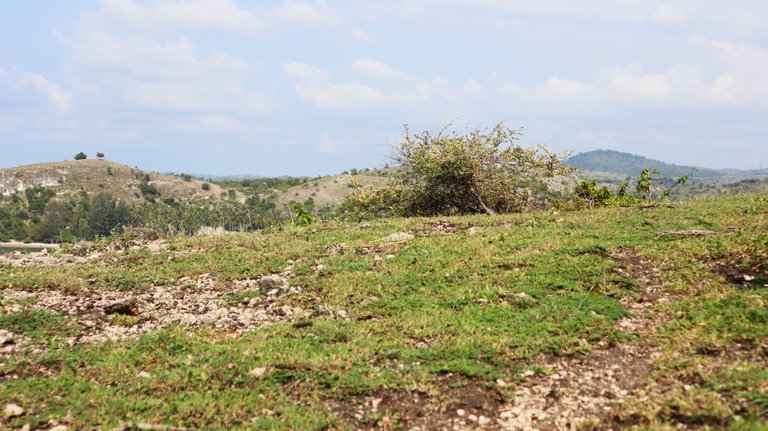
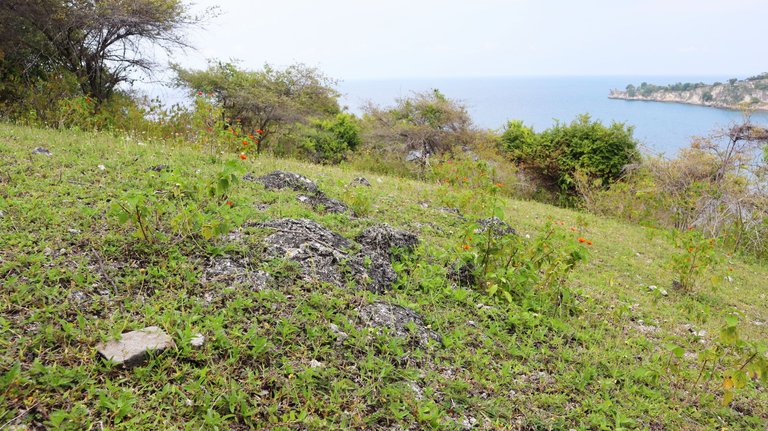
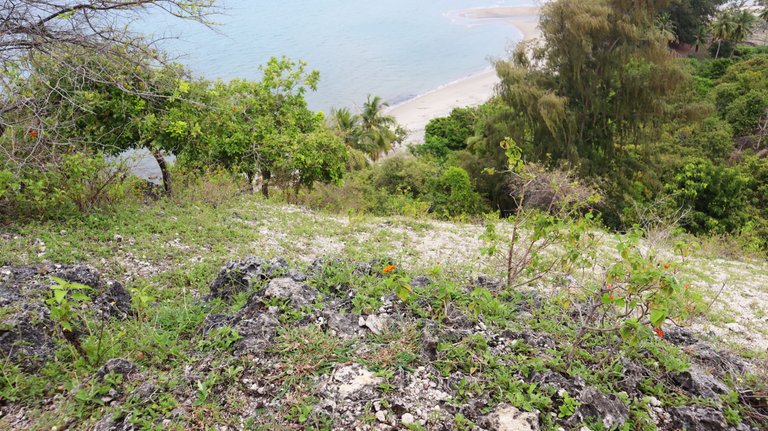
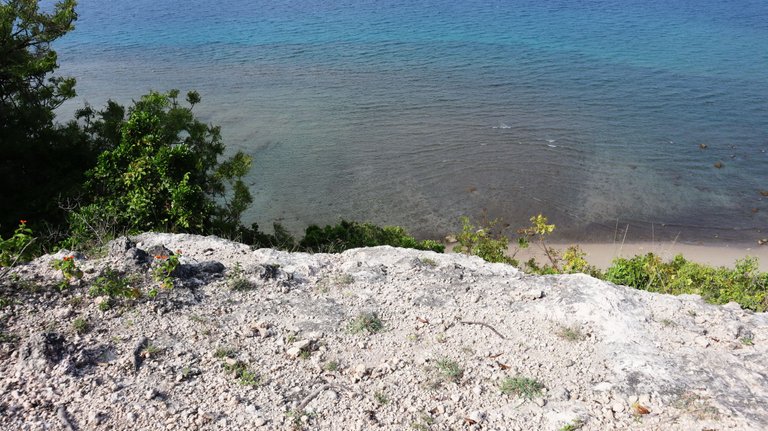
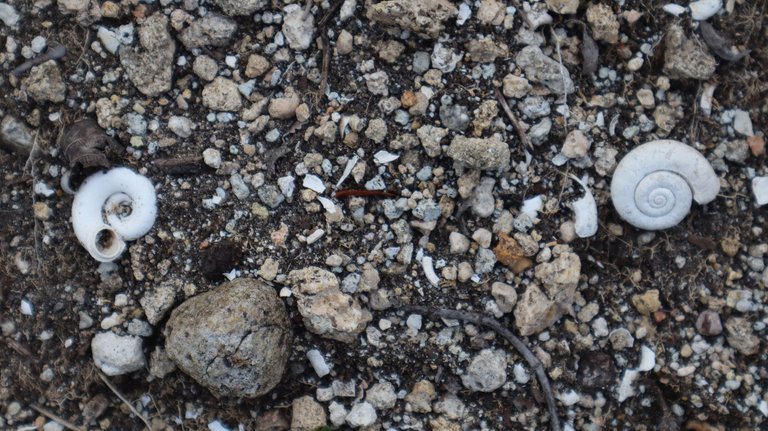
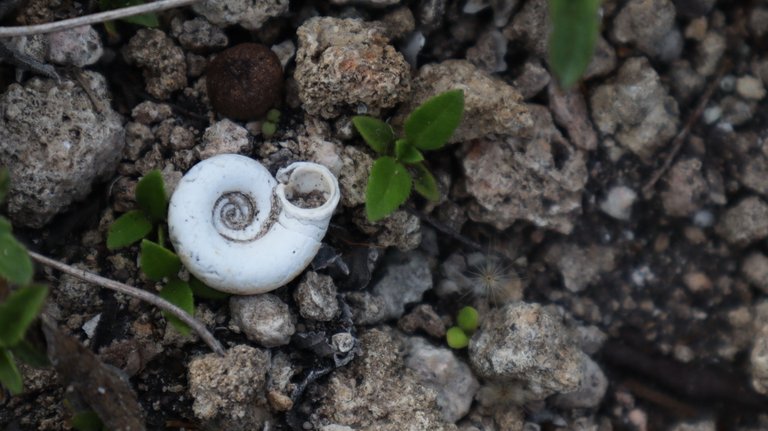
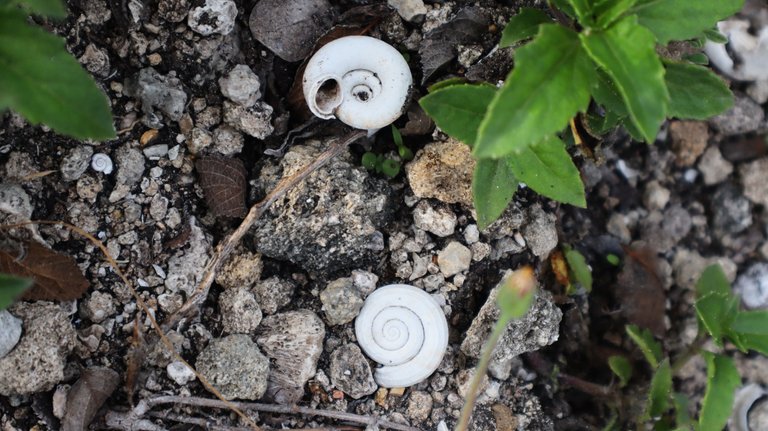
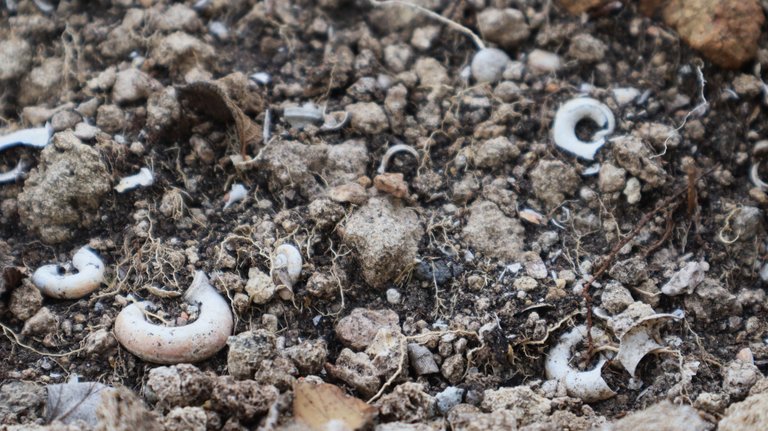
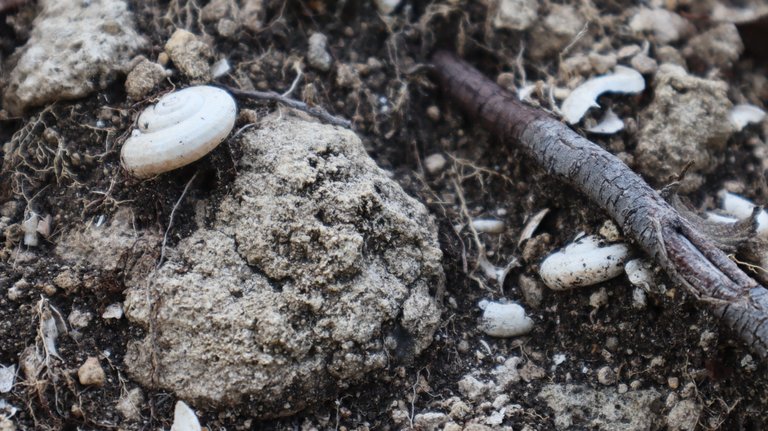
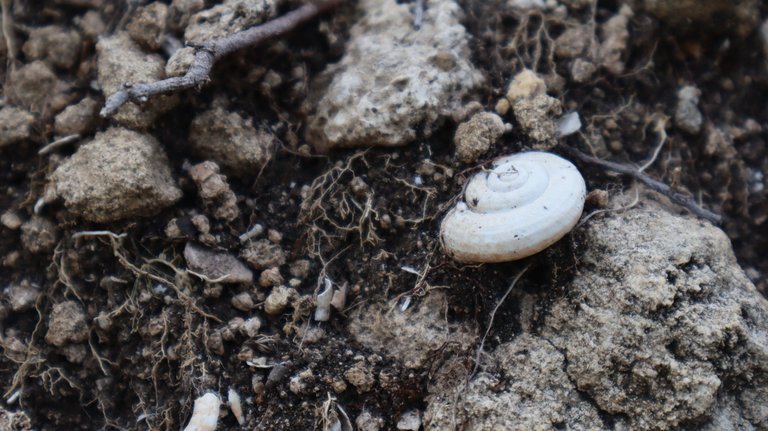
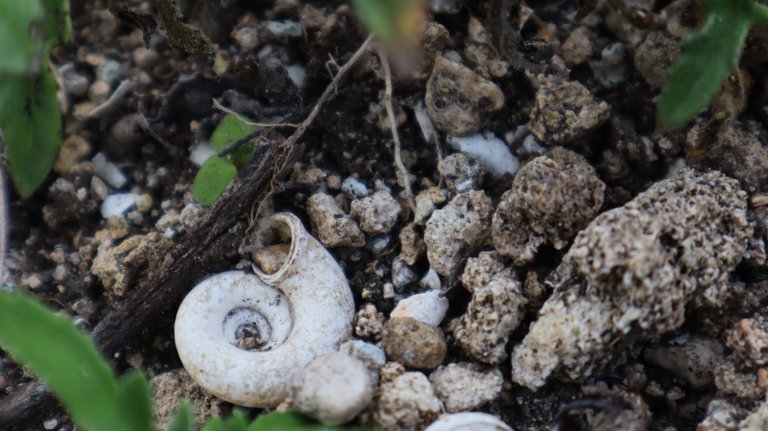
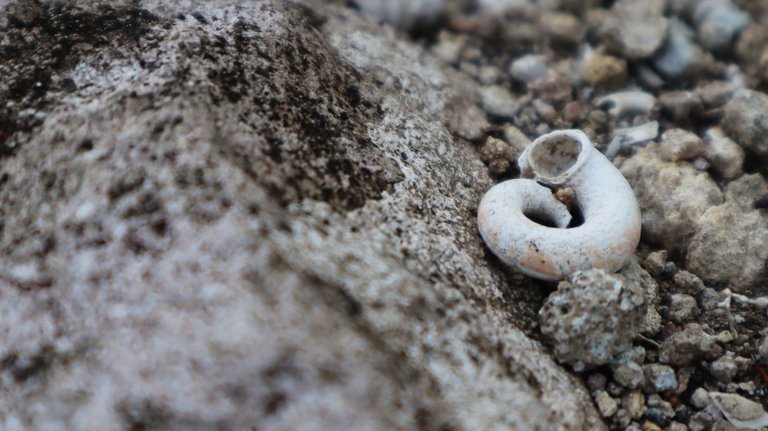
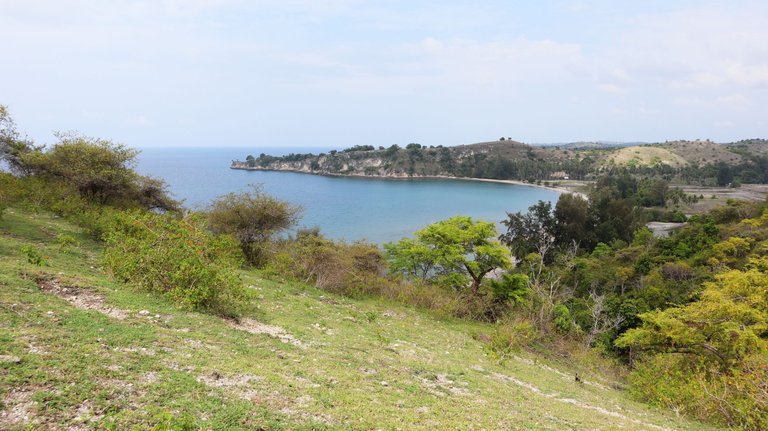
We appreciate your work and your post has been manually curated by zoology team (oscurity,nelinoeva) on behalf of Amazing Nature Community. Keep up the good work!
Did you think if it could be due to anthropogenic intervention? So did someone cook them and leave them there? or an animal? interesting! We would like to see a little more scientific information about it! hugs
It may indeed be related to anthropogenic impact. Is that a kitchen midden or shell heap? I am also still wondering, and I will try to research more on this in the future. I hope I get a satisfactory explanation.
Thanks a lot for the appreciation of the Amazing Nature community team!
Very interesting ..!!! Normally, these snails are found on the rock around the sea.
Thank you! Unfortunately, in that place I didn't see the snails, I only saw their shells.😰😁
Congratulations @keuudeip! You have completed the following achievement on the Hive blockchain and have been rewarded with new badge(s) :
Your next target is to reach 37000 upvotes.
You can view your badges on your board and compare yourself to others in the Ranking
If you no longer want to receive notifications, reply to this comment with the word
STOPCheck out the last post from @hivebuzz:
Support the HiveBuzz project. Vote for our proposal!